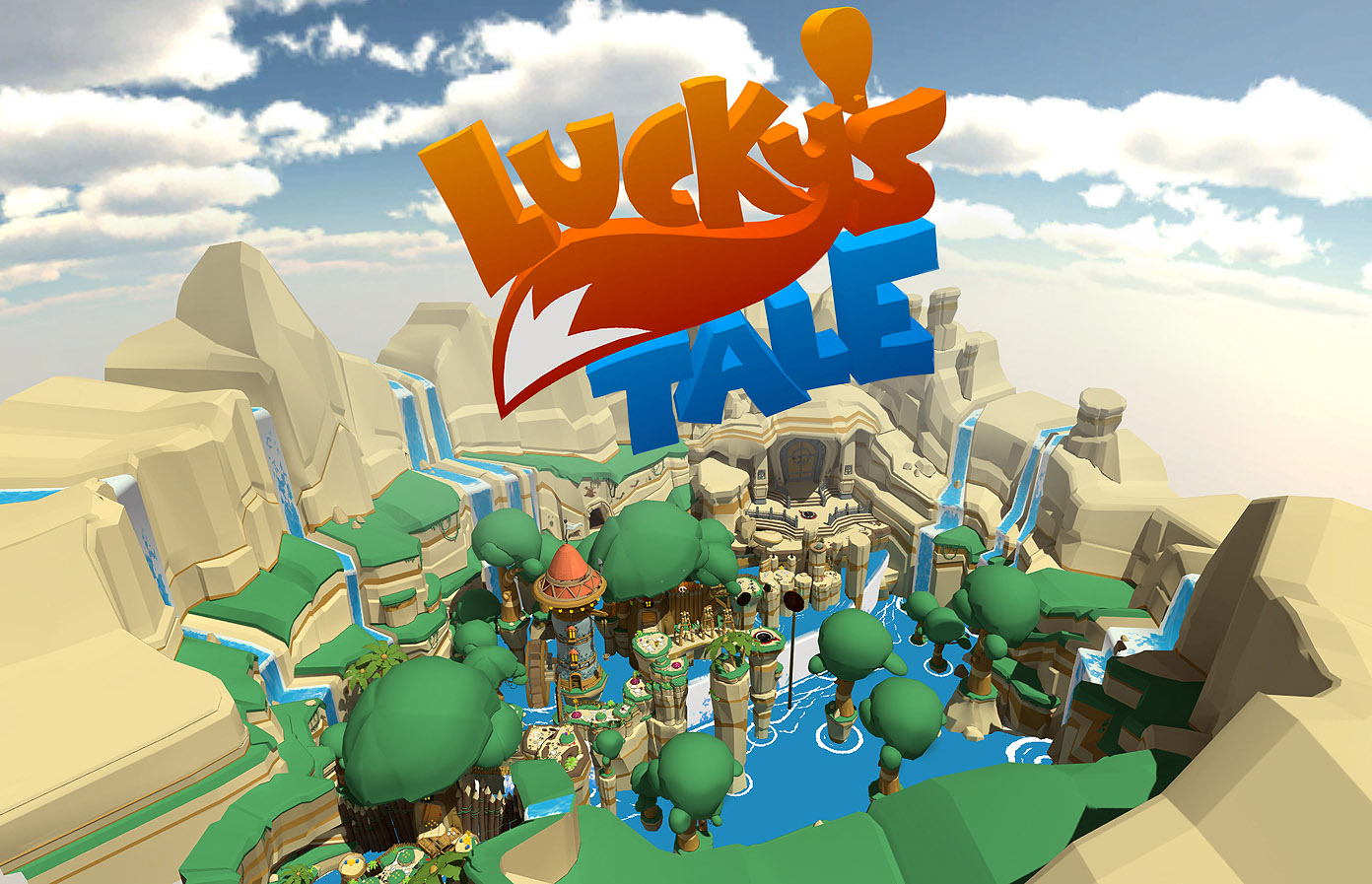A couple of days ago I interviewed Dan Hurd (@thekrakenisme) from Playful Corp over phone(Thanks Dan!). Dan is the Design Lead on the VR game 'Lucky's Tale' made especially for the consumer version of Oculus Rift. Dan was incredibly generous with his time and thoughts on VR storytelling and the process of making a game for Virtual Reality platform. We talked on a variety of topics such as developing for Oculus, prototyping ideas, best practices for developing a game for VR, tools, tricks, tips and the future of VR. The conversation was excellent food for thought and I emerged a lot wiser about VR from the conversation. With this blog I will be sharing my learnings from the conversation.
Here is Dan speaking at Oculus Connect about learnings from developing Lucky's Tale:
Essentially Dan is one of the pioneers in designing for VR. He has been working with the technology ever since it came out and is an authoritative figure in the VR gaming space. The story of how Lucky's Tale came to be goes something like this: when Dan and his colleagues tried on Oculus for the first time they were really impressed and started imagining about the possibilities of the platform. They wanted to make a game for the platform. So they did! They made a prototype of a game and showed it to Oculus, which the people of Oculus liked a lot and funded to make a prototype. Dan and team started further working on the prototype and develop it into a game from ground up. They took inspiration from classic games and prototyped very rapidly to figure out what works best in Oculus, thanks to incredible some 32 prototypes in a span of couple of weeks. It was a 8 people team with 3 programmers working on the project which made the process really intensive. They figured out that games with a toonish feeling feel very good in Oculus (think Mario). So Lucky's Tale now has this toonish (cartoon like) feeling. They developed the prototype further and then showed it Oculus again, which they liked even more and funded the project some more. Now the game is in final stages of developement and will be launched officially with the consumer version of Oculus Rift in association with Oculus. It is going to be one of the first games for the platform.
Those who have tried the Oculus Rift can attest to the fact that they are awesome! The experience feels so real that you feel you are there 'Present'. I had read in an article somewhere that employees at call the real world as real reality. And Dan rightly mentioned that someone who tries VR says, 'I want to go back there' and not 'I want to play again'. VR provides with you an opportunity to create a world where people can go. A major learnings that I took away from the conversation is that VR is still a very new technology and we still do not have a definitive guide to developing for the platform. So a good approach is to keep developing and trying out all your assumptions in the VR environment. So it is going to be a lot of fun to explore the possibilities of the platform and creating the worlds that you envision. Though the storytelling aspect of VR in a very infant stage. Storytelling techniques change in all the platforms and VR is not an exception. It is unknown what kind of movie making techniques can be directly borrowed. In fact the one of the first attempt at storytelling through a character is just out (it tells you how infant the platform still is) which is Henry. Some of the best practices to develop for VR that Dan shared are:
- Be honest to yourself what is working in your game and what is not.
- Keep the time to fun as short as possible for the gamer and you yourself have fun developing!
- Don't get stuck at designing the perfect game at first, get to prototyping. Keep it simple at first and see if it feels good in VR. Ask for feedback and be honest to yourself.
- Start from the impact of what you are trying to achieve
When I tried VR for the first time, one of the thought in mind was 'The future is here!'. Talking about likely future of VR with Dan was really interesting. Definitely with time the hardware is going to keep getting better. It may become wireless, will become lighter and smaller. Maybe it will be something that you can wear as contact lenses. The VR and AR (Augmented Reality) will collide, with applications being created which makes use of both technologies to create an experience. The immediate application of the VR technology other than gaming looks like in media, education, architecture, housing markets. And as Virtual Reality Experience Developers we are the ones who is going to make it happen!

COMMENTS